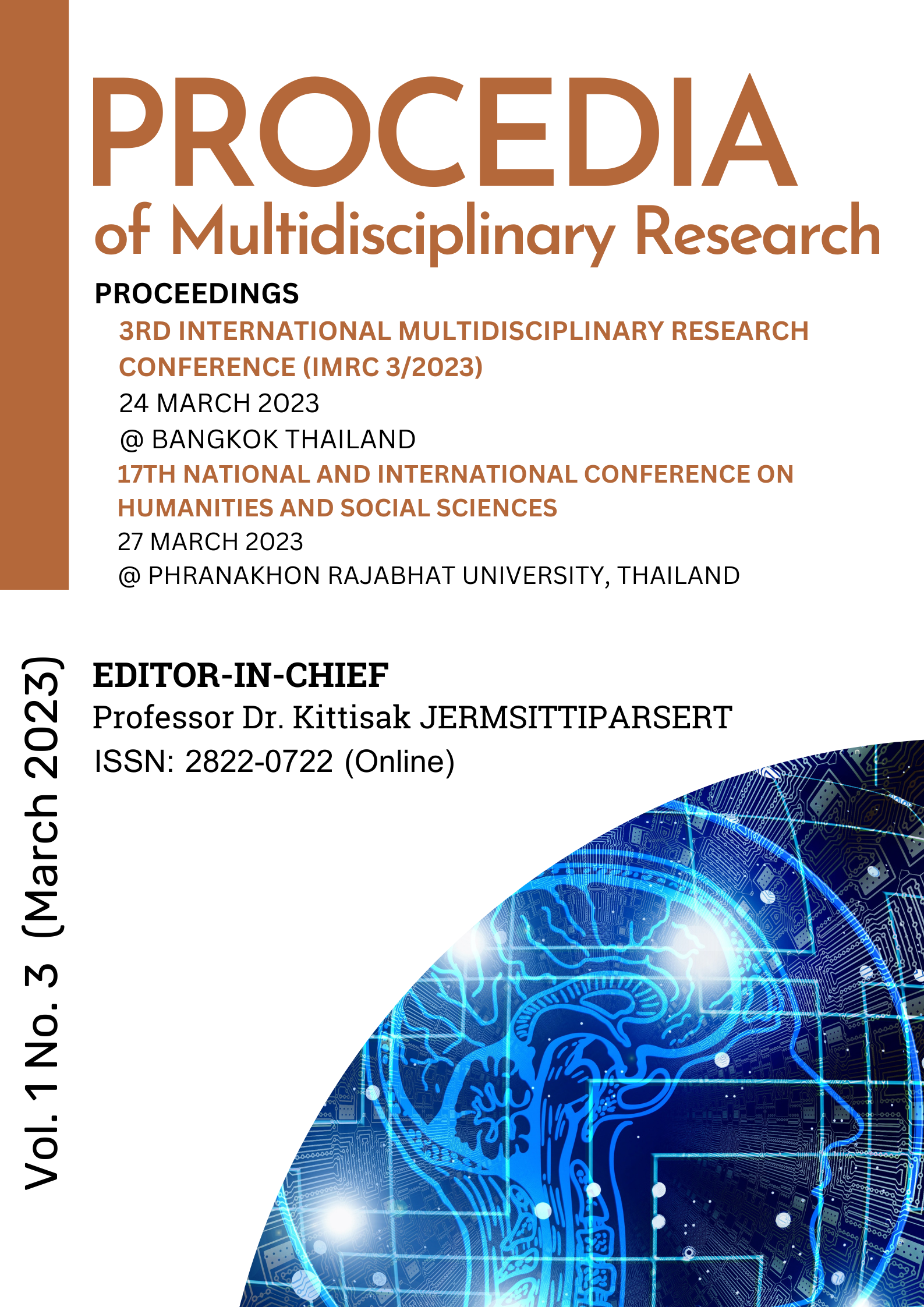CAUSAL FACTORS AFFECTING EFFECTIVENESS OF SMALL ELEMENTARY SCHOOLS IN THE NORTHEAST
Keywords:
School Effectiveness, Causal Factors, Small Elementary SchoolsAbstract
The objectives of this research were to study 1) to study the level of causal factors of school effectiveness, 2) to examine the linear structural relationship model of the causal factors of school effectiveness, 3) to study the causal factor development approach of school effectiveness. The results showed that 1) The overall level of
causal factors of the effectiveness of small elementary schools in the northeastern
region was at a high level as follows: 1) Organizational culture at the highest level;
2) Leadership at the high level; School environment, high level 4) Teaching and learning factors, high level 2) Causal Factor Relationship Model of Small Primary School Effectiveness in the Northeastern Region (χ2) = 54.41, (df) = 26, (χ2/df) = 2.09,
p-value = 0.0009, (RMSEA) = 0.039, (GFI) is 0.99, (AGFI) is 0.95, (CN) is 597.76,
(CFI) is 1.00, (RMR) is 0.0045 and (R2) is 0.99) 3) The method of developing
causal factors of the effectiveness of small primary schools in the northeastern
region consisted of 4 factors: 1) Leadership of administrators. Executives should havea vision. 2) The school environment should be clean, shady, safe and a good learning
center. 3) Organizational culture. There should be mutual trust, mutual acceptance,
and friendship with each other. 4) Teaching and learning management. Teachers
should organize activities for learners to practice in order to acquire skills in various
fields, encourage, support and motivate learners with activities that are appropriate to their age.
Downloads
Published
Issue
Section
License

This work is licensed under a Creative Commons Attribution-NonCommercial-NoDerivatives 4.0 International License.







.png)


